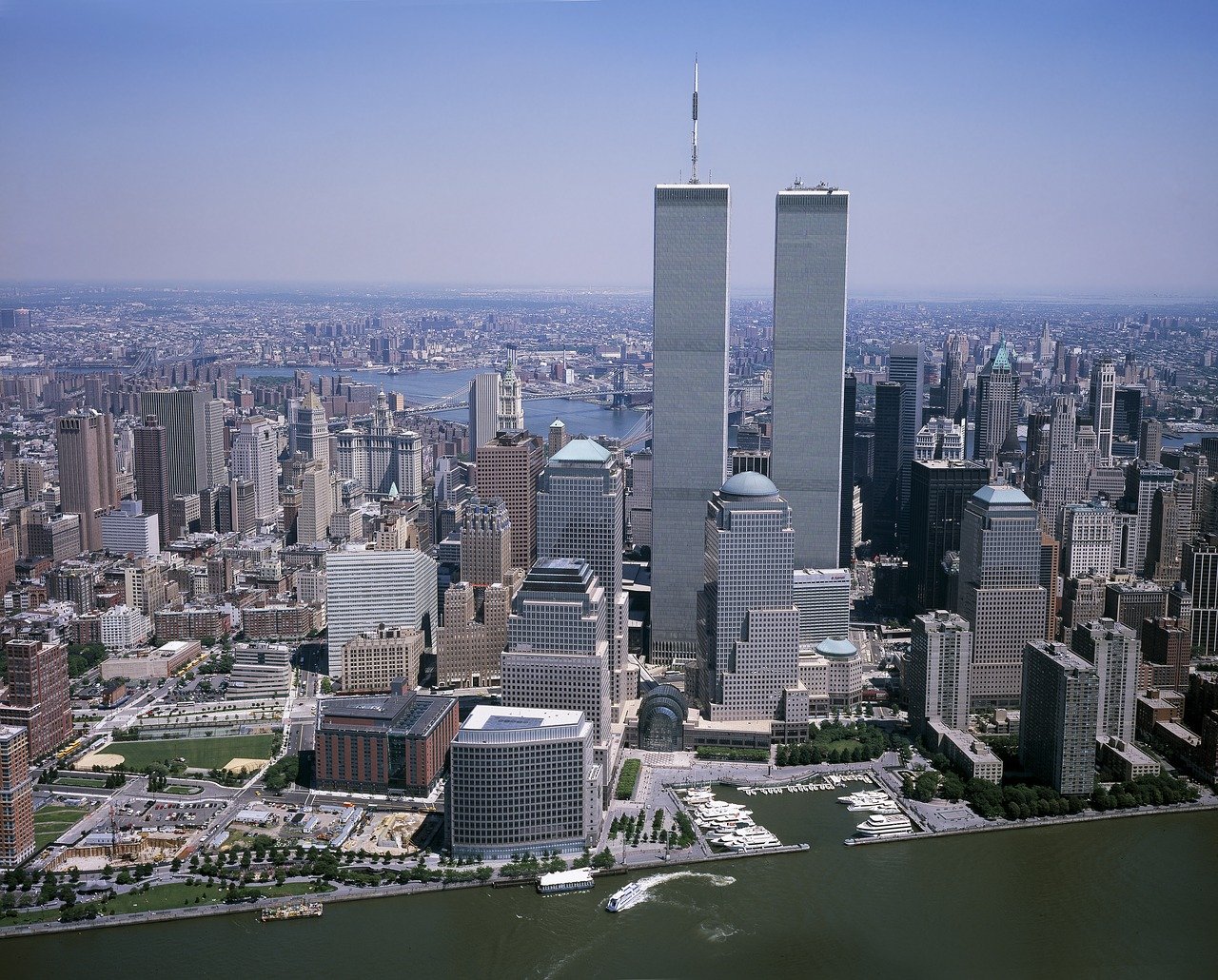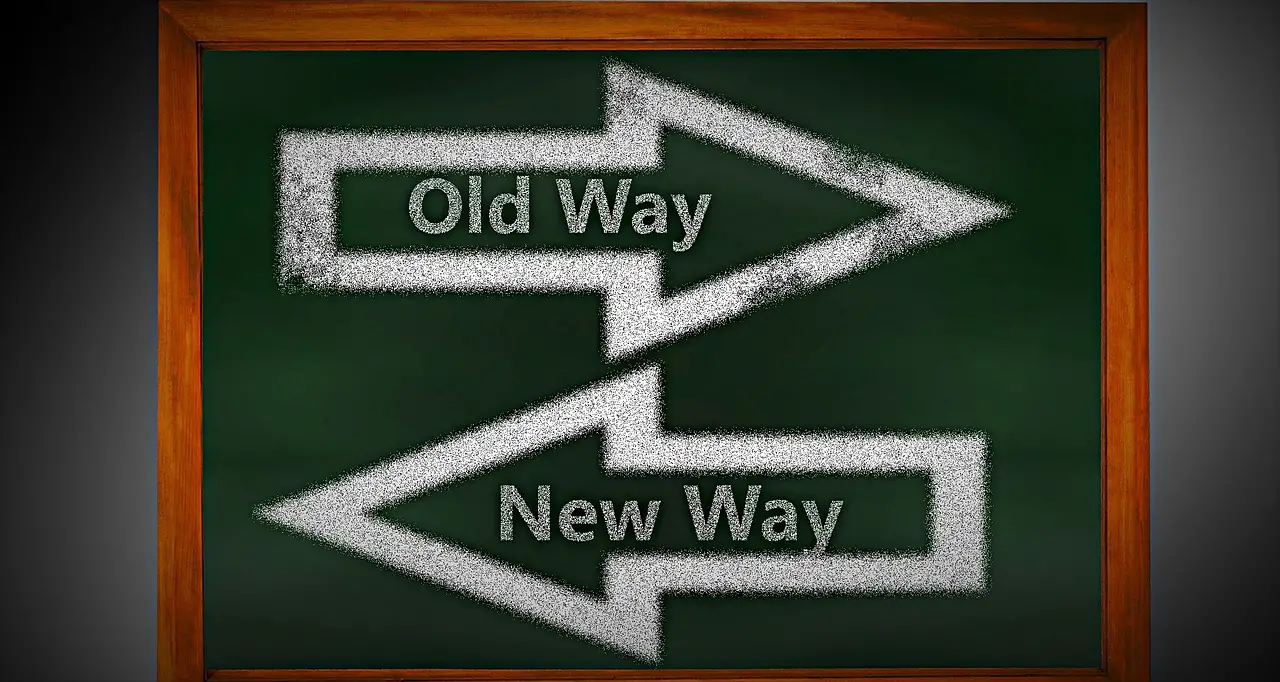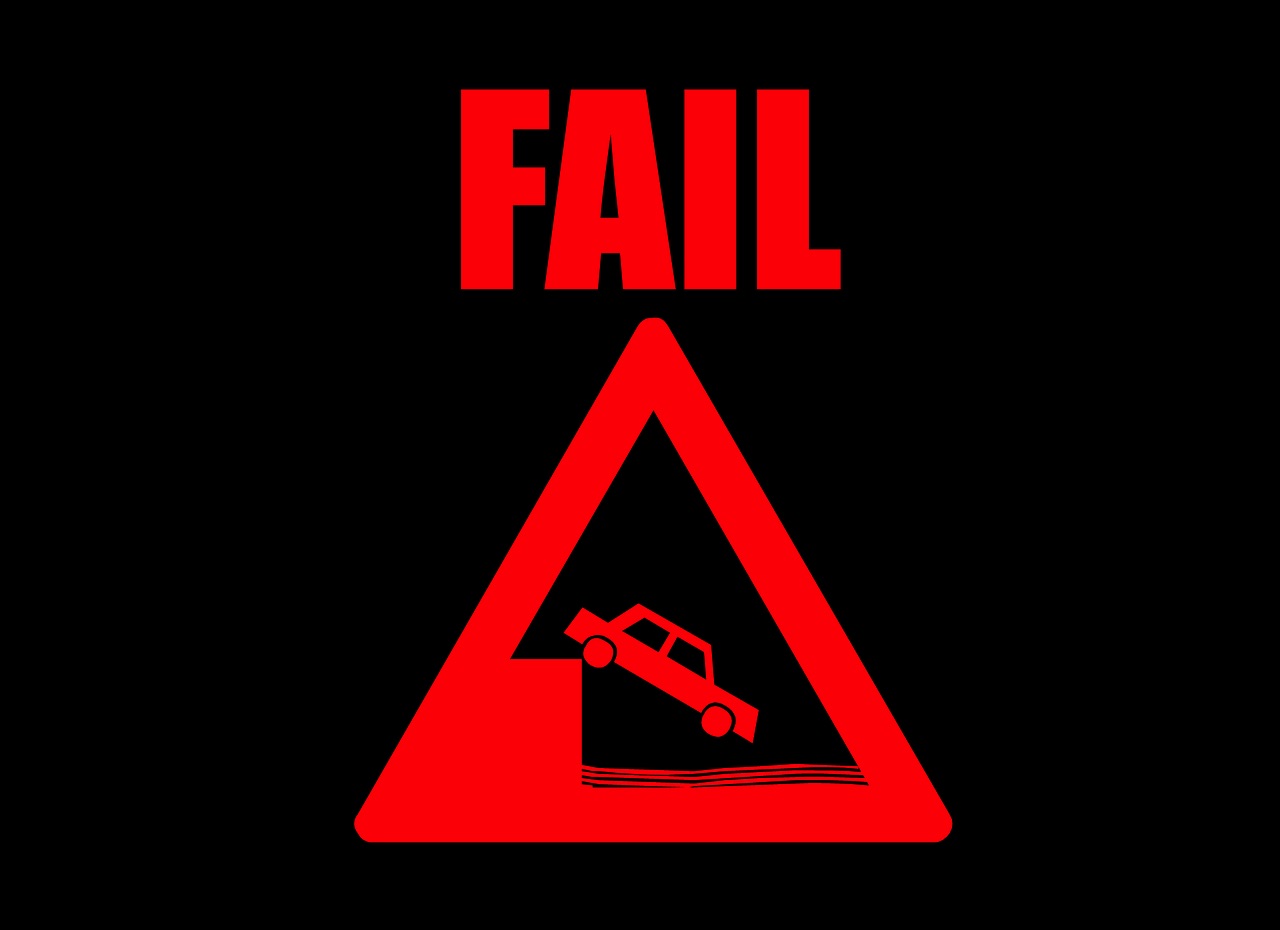
9-11 is one of a few days frozen in time for my generation. For the Baby Boomers, it was also the assassination of JFK and the landing on the moon. But for us, it was this day. Most of us remember exactly where we were and what we were doing at the time on this twentieth anniversary. So, like many, I have been reflecting on my experience, the meaning of 9-11, and how the world has changed. For radiology, in particular, the technologies since that time have significantly evolved. The attitude/culture of physicians and patients have transformed. And, the general sense of security and well-being is no longer the same.
It turns out that on 9/11, I was amid my radiology residency as a 3rd-year resident. And, so I will share my own experiences of what happened while I was working as a radiology resident on that fateful day. And, then I will shift gears toward the seismic changes that we have experienced over the past 20 years in radiology since that day.
My 9-11 Experience
Ironically, that morning, I donned a gown and was helping out with thyroid biopsies on my ultrasound rotation at Rhode Island Hospital. As the procedure ensued, at some point, a medical student walked int0 the room and exclaimed, “An airplane hit one of the world trade centers!” My first thoughts were about how that made no sense. Maybe he had gotten something wrong. So, within a few more minutes, we completed the biopsy, and I walked toward the patient TV area to see for myself. There was a jumble of confusing voices on the TV screen with the pictures of the first world trade center alight with billowing dark smoke. They said that a plane had hit the tower, but no one was certain if it was a terrorist attack or an accident.
Affixed to the TV screen, watching the first trade tower live, all of a sudden, the cameras shifted to the second tower, which was now also on fire. At this initial time, the cameras did not catch the second plane hitting the building. It took some time to figure out that another plane crashed the second world trade center. And, then the secretary called me into the following procedure as I was concerned about friends that I knew that worked near the area in Manhattan. It was a harrowing experience completing the ultrasound procedure, not knowing what was happening in Manhattan at the time.
Eventually, I found out that everyone I knew that might have been in or near the towers was alright. One friend who was a resident physician in medicine had tried to help out downtown, but the officials turned him away. After the incident, some other friends I knew had started their long trek to leave Manhattan from their jobs. And a family member was on the road at the time, nestled in traffic and watching the billowing smoke from the trade centers from afar. Fortunately, that was the closest that I had come to the 9/11 incident.
Nevertheless, the nonstop drumbeat of media reports issuing terrorist threats would continue over the next several weeks and months. And, you could not watch TV the constant replay of the videos of the trade centers. There was a perpetual reminder of the incident for a long time.
Some Of The Changes For Radiologists Since 9-11
Travel– (To And From Conferences)
Most notably for radiologists, the way we travel and getting back and forth to conferences has become a little more involved. 9/11 spurred the development of the TSA. Shampoos and drinks all had to be small in size to get on the plane. Lines have become longer, and we now have to leave much sooner to the airport to get there on time. And, air travelers are a little bit more irritable than ever before, both from the long lines and from thoughts about the terrorist attacks on 9-11.
Technology:
A lot has changed over the past 20 years, yet much has stayed the same. The bare bones of the hardware, including ultrasound, CT, MRI, and PET scans, were available at the time. But, the applications have since multiplied. PET-CT was more of a research tool at the time. It came into its own a few years later. But, FDG was used.
Applications of Technology
MRI and CT
Body MRI and MSK MRI is much more common today than it was back then. Now we order MRIs on all the joints routinely. Back then, it was a bit more sparingly used. Larger institutions were introducing CT applications such as Chest CTA for pulmonary embolism due to the faster speed of the scanners. . Having a sixteen multidetector or more CT scanner was a big deal back then. And only specific experienced radiologists could read them.
PET/ PET-CT
Pet scanner applications were much more limited by medicare/insurance reimbursement. Medicare and insurance companies would only pay for lung cancers, solitary pulmonary nodules, and several other indicators. You had to pay for others out of pocket if you wanted it done. And, as mentioned above, PET-CT and its applications mainly were a research tool with a lot of debate whether it was better than PET!
Ultrasound
We used breast ultrasound primarily for diagnostic purposes at that time. Most institutions would perform breast ultrasounds only sparingly for screening. For better or for worse, screening ultrasounds have become much more part of our culture.
PACs
PACs machines were not yet ubiquitous. Fifty percent of institutions had them back them. And, they were much slower than they are today, with more crashes and less flexibility. (Although not all these issues are resolved!)
General Attitude of Physicians, Patients
Now, this part might be a bit controversial. Some of you might think that what I will describe happened before 9/11. And others might feel a bit differently. But, I believe this event contributed, at least in part, to the tribalistic nature of our society today. Everyone had differing strong feelings about what happened and who was responsible. And everyone retreated to their tribe. Republicans and Democrats became more fixed in their thoughts, unwilling to compromise or hear the other side. And, this event along with social media, was one of the foundations for this shift in attitude and politics.
Changes After 9-11: A Mixed Bag
Of course, 9-11 and the ensuing days were a rough time. But, some good has happened since. The adaption of new technologies has increased radiology’s footprint in medicine over the past twenty years, probably for the better. Yet, the decreased ease of travel and the new tribalistic attitude of patients and physicians has partially counteracted some positives.
The base notion about 9-11 is that it is one of those days that have shifted everyone’s lives in one way or another. The world and radiology will never be the same!










